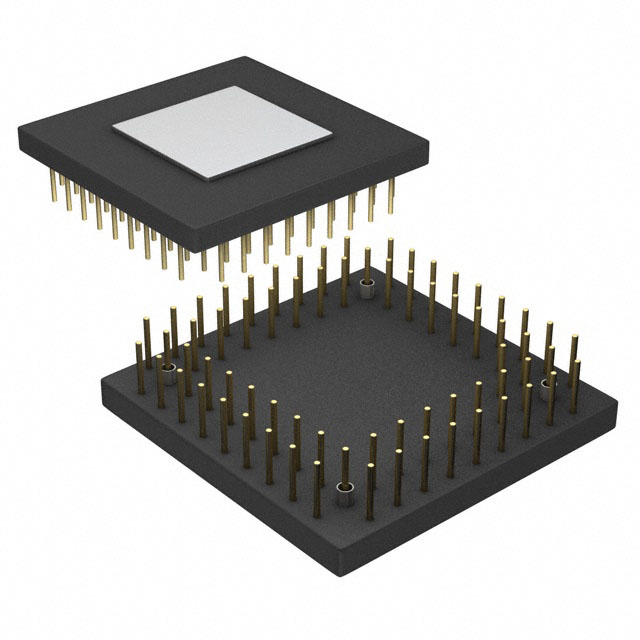ADSP-2102: Features: · Superscalar IEEE Floating-Point Processor· Off-Chip Harvard Architecture Maximizes Signal· Processing Performance· 30 ns, 33.3 MIPS Instruction Rate, Single-Cycle· Execution· 100 MFLOPS ...
floor Price/Ceiling Price
- Part Number:
- ADSP-2102
- Supply Ability:
- 5000
Price Break
- Qty
- 1~5000
- Unit Price
- Negotiable
- Processing time
- 15 Days
SeekIC Buyer Protection PLUS - newly updated for 2013!
- Escrow Protection.
- Guaranteed refunds.
- Secure payments.
- Learn more >>
Month Sales
268 Transactions
Payment Methods
All payment methods are secure and covered by SeekIC Buyer Protection PLUS.

 ADSP-2102 Data Sheet
ADSP-2102 Data Sheet







